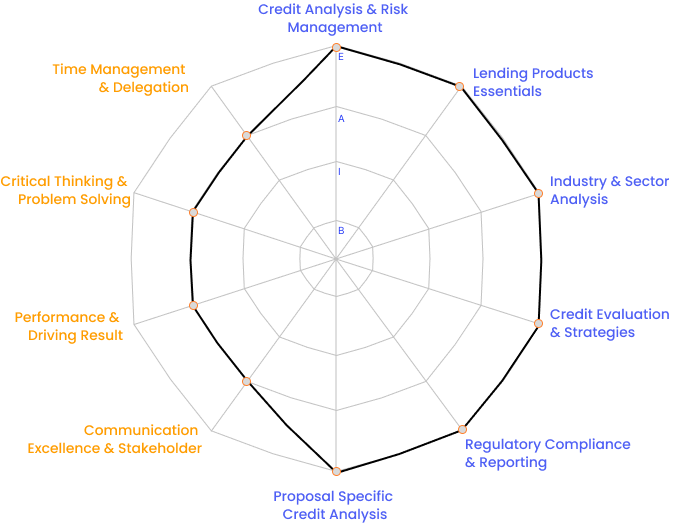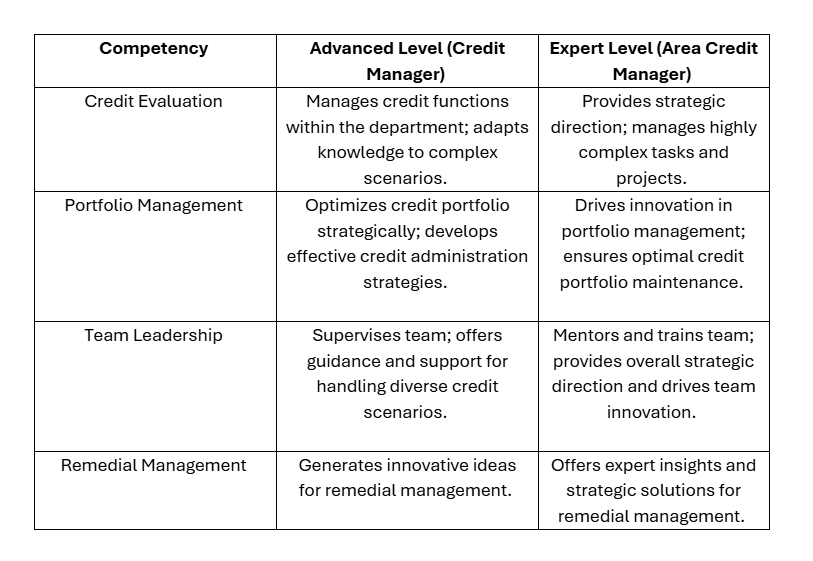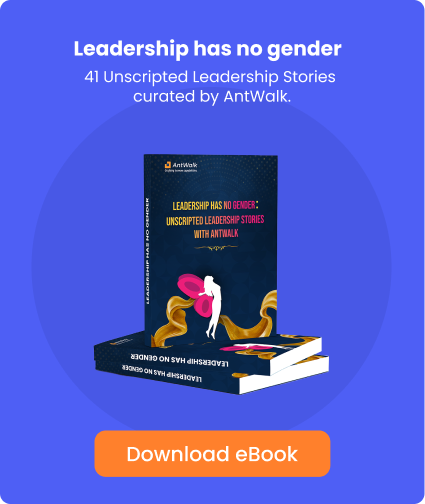As an L&D Manager at a leading organization, you are responsible to drive end-to-end learning and skilling requirements to meet your company’s evolving demands. However, despite your best efforts, you face several challenges:
- Ensure effective design of training programs: It involves identifying specific skill gaps and curating solutions that align with business objectives and job role requirements. A well-designed program addresses the unique needs of employees while ensuring it supports the organization’s broader goals, making it both relevant and impactful.
- Ensure active learner participation: It’s not enough for employees to simply attend training sessions; genuine engagement is key. To ensure participants are fully involved, training programs should be designed to capture interest and foster interaction. This can be achieved through real-time problem-solving, case studies relevant to their roles, and opportunities for peer collaboration.
- Demonstrate the impact of these initiatives: To truly gauge the success of any learning program, it’s essential to measure its tangible effects. This means assessing not only what participants have learned but also how it has influenced their behavior and performance on the job. Demonstrating this impact ensures that your initiatives are making a real difference, both for individual growth and overall business performance.
This is not an isolated issue. Many L&D professionals face similar difficulties in designing programs that truly address your organization’s needs while ensuring high engagement and participation. This often leads to inconsistent results. Additionally, measuring the effectiveness of these initiatives remains a persistent issue. Without a precise method for evaluating training outcomes, you might find yourself guessing whether your efforts make a meaningful difference and aligning with your company’s future needs.
To address these challenges, there is a growing need for a robust, data-driven approach that goes beyond old and traditional ways of imparting learning in an organization. Such an approach provides a holistic view of organizational, team, and individual capabilities, ensuring that your skilling initiatives are both strategic and impactful.
Organizations use a variety of assessment tools to address these challenges and enhance their workforce’s capabilities. Pre-assessments, such as aptitude tests and psychometric evaluations, help identify skill gaps and tailor training programs to meet specific needs. Post-assessments, including quizzes, surveys, and performance evaluations, are essential for measuring the effectiveness of training initiatives.
Some other assessments methods include:
- Quizzes: Short, focused assessments used to gauge the retention and understanding of specific knowledge or skills. They are typically used during or after training sessions to reinforce learning and provide immediate feedback. The challenge with quizzes is ensuring they accurately measure knowledge and are engaging enough to encourage participation.
- Surveys: Collect feedback from participants regarding their experiences and the effectiveness of training programs. They are valuable for understanding participant satisfaction, identifying areas for improvement, and refining future training efforts. Additionally, surveys are tools used to understand people’s gaps and identify where improvements are needed to assess capability gaps. However, the challenge lies in designing surveys that elicit honest, insightful responses and interpreting the results to drive actionable improvements.
- Psychometric tests: Assess an individual’s cognitive abilities, personality traits, and behavioral tendencies. These tests are often used in pre-assessments to match employees with roles that suit their inherent strengths or to identify areas needing development. The challenge with psychometric tests is ensuring they are both reliable and valid across different cultural and organizational contexts and that they align with the specific goals of the training program.
These tools serve a crucial role in understanding employee capabilities, ensuring engagement, and demonstrating the impact of training efforts. However, the challenge lies in selecting the right tools that not only assess but also drive meaningful improvements in your organization
This is where AntWalk’s Capability Maturity Index (CMI) becomes essential. CMI offers a scientific approach to evaluate your workforce’s abilities. Here’s how this tool can provide organizations with a holistic and comprehensive view of their organizational, team, and employee capability levels, transforming your talent development strategy. The Capability Maturity Index (CMI) is a vital tool for assessing how your organization and its workforce measure up against industry benchmarks. This index helps you determine:
- Capability Levels: Assess whether your employees and organization stand at a basic, intermediate, advanced, or expert level compared to global standards.
- Alignment with Benchmarks: Ensure that your workforce’s capabilities are measured against industry benchmarks, enabling you to identify gaps and areas for improvement to maintain competitiveness
Competency Frameworks / Success Profiles:
Competency Frameworks are powerful tools used to visually represent and measure the capabilities of your workforce. They map out the essential skills required for specific roles, comparing them against defined benchmarks. For example, a Credit Manager’s success profile illustrates the ideal proficiency levels across various competencies like financial analysis, risk assessment, and client management.

By plotting these skills on a success profile, you can easily identify strengths and gaps, guiding your efforts to upskill and align with industry standards. Each role within your organization can have its own set of competencies clearly outlined and measured against these benchmarks.
BIAE Framework to Benchmark Proficiency
To gauge where your employees and organization stand in terms of capability, we use the BIAE (Beginner, Intermediate, Advanced, Expert) framework in our success profile. This approach assesses proficiency levels compared to global standards, providing a clear picture of how well your team performs and identifying areas for improvement. Here’s a breakdown of each level:
- Beginner: The early stage of skill development where individuals demonstrate basic proficiency in their role. They are familiar with fundamental concepts but often require guidance and support to effectively apply their skills in real-world scenarios.
- Intermediate: Individuals at this stage show moderate proficiency. They consistently apply their skills and knowledge with a fair degree of independence. While they perform competently and reliably, they are still refining their abilities and may occasionally need assistance for complex tasks or scenarios.
- Advanced: Advanced-level individuals exhibit high proficiency. They take a proactive approach, applying their skills effectively and generating innovative ideas to solve problems and improve processes. Their deep understanding allows them to handle complex tasks and contribute strategically to their role and organization.
- Expert: Experts possess exceptional proficiency and are recognized as authorities in their field. They not only excel in their role but also provide guidance, mentorship, and leadership to others. Their expertise is often sought after for strategic decisions and complex problem-solving, setting benchmarks for excellence within the organization.
Here’s an Advanced and Expert level proficiency descriptions for the competency ‘Credit Evaluation & Strategies’ for Credit Managers:

How do we measure CMI?
To comprehensively evaluate and develop employee capabilities, we offer a diverse range of assessments designed to be both engaging and efficient. Each type of assessment provides unique insights into individual proficiency, ensuring a thorough understanding of skills and performance:
- Artificial Intelligence-led assessments: Utilize automated tools for objective measurement through MCQs, fill-in-the-blanks, and other formats to assess foundational skills.
- Expert Intelligence-led assessments: Involve practical evaluations like mock interactions, coaching calibrations, and situational judgment tests to assess real-world decision-making and skills.
- Co-Worker Intelligence-led assessments: Gather feedback through peers, managers, self, and reportees’ surveys to provide a well-rounded view of performance from multiple perspectives.
- Labs and Projects: Engage participants in peers teaching, presentations, and real-world projects & AI simulations to demonstrate and enhance practical skills through experiential learning.

Benefits for the Organizations
Leveraging the CMI provides several key advantages:
- Measure Capability Holistically & Objectively: Assess capabilities across various dimensions, including technical skills, behavioral competencies, and job-specific requirements.
- Proficiency against Global Benchmarks: Evaluate proficiency levels—beginner, intermediate, advanced, or expert—against global standards to gauge where your workforce stands and what improvements are needed.
- Identify Strengths and Development Areas: Uncover individual talents and pinpoint areas for targeted development, that align growth with organizational goals.
- Gain Data-driven Insights: Obtain a scientific understanding of your workforce’s true capabilities through precise data, enabling informed decision-making.
Conclusion
AntWalk provides a scientific, data-driven approach to understand and enhance employee capabilities. By leveraging these tools, you can make informed decisions, tailor upskilling programs, and drive organizational success.
Ready to transform your talent development strategy? Schedule a Demo to see how AntWalk can help you unlock the full potential of your workforce.






